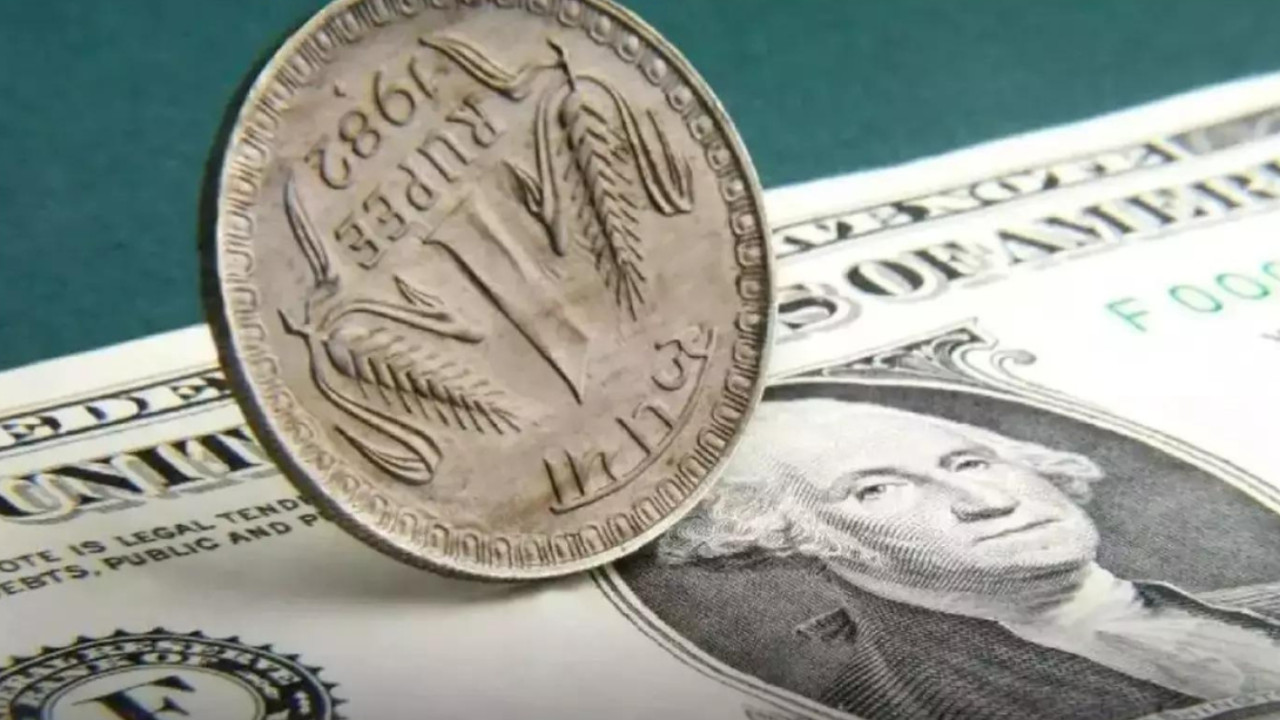The rupee plummeted to a record low of 88.19 against the dollar amid escalating trade tensions with the US, month-end dollar demand, and continuous foreign fund outflows. New tariffs imposed by Washington on Indian exports and weak domestic equities further pressured the currency. The government plans to announce measures to bolster India’s global trade presence and support exporters facing uncertainty.
The Rupee’s Rollercoaster: What’s Behind the Dip and What it Means for You
The Indian rupee recently took a tumble, hitting a record low against the US dollar. You might be wondering, “So what? How does this affect my daily life?” It’s a valid question, and the answer, like the factors influencing the currency market, is complex. Let’s break down what happened, why it matters, and what could be on the horizon.
The rupee plunged 61 paise, ultimately settling at 88.19 against the greenback. While these numbers might seem abstract, they represent a significant shift in the economic landscape. This isn’t just about currency traders in Mumbai; it has ripple effects that touch everyone from importers to students studying abroad.
So, what’s driving this downward trend? Several forces are at play, creating a perfect storm for the rupee. One significant factor is the relentless strengthening of the US dollar. The dollar’s dominance is fueled by a robust American economy and the Federal Reserve’s aggressive interest rate hikes aimed at taming inflation. When interest rates rise in the US, it becomes more attractive for investors to park their money there, increasing demand for dollars and pushing its value up against other currencies.

Furthermore, Foreign Institutional Investors (FIIs) are adding to the pressure. These are essentially global investment funds that have been selling off their holdings in Indian markets. This outflow of capital further weakens the rupee, as it increases the supply of rupees in the market and reduces demand. Think of it like a crowded theater – if everyone rushes for the exit at once, the price of tickets (in this case, the value of the rupee) is bound to drop.
The global economic outlook also plays a crucial role. Uncertainty surrounding global growth, fueled by geopolitical tensions and concerns about a potential recession in major economies, makes investors risk-averse. They tend to flock to safe-haven assets like the US dollar, further exacerbating the rupee’s woes.
But how does all of this directly impact you? For starters, imported goods become more expensive. Think about electronics, crude oil, and even certain food items. As the rupee weakens, importers have to pay more rupees for the same amount of dollars to buy these goods. This increased cost is often passed on to consumers in the form of higher prices.
On the flip side, a weaker rupee can boost exports. Indian exporters receive more rupees for every dollar they earn, making their products more competitive in the global market. Sectors like IT services, textiles, and handicrafts could see a positive impact. However, this benefit is somewhat limited if the importing countries themselves are facing economic headwinds and reduced demand.
Managing the Rupee Fluctuations: A Balancing Act
The Reserve Bank of India (RBI) is tasked with managing the rupee’s exchange rate. They have several tools at their disposal, including intervening in the currency market by selling dollars from their reserves to buy rupees. This increases the demand for rupees and can help stabilize the currency. However, this intervention comes at a cost, as it depletes the country’s foreign exchange reserves.
The RBI also uses monetary policy to influence the rupee’s value. By raising interest rates, they can attract foreign capital and support the currency. However, higher interest rates can also dampen economic growth by making borrowing more expensive for businesses and consumers. It’s a delicate balancing act. You can read more about the RBI’s role in managing India’s economy here.
Looking Ahead: Predicting the Rupee’s Trajectory
Predicting currency movements is notoriously difficult. Numerous factors, many of which are unpredictable, can influence the rupee’s value. The trajectory of the US dollar, the global economic outlook, and the RBI’s policy decisions will all play a crucial role. Keeping an eye on these influencing factors provides a window into understanding where the rupee may be headed.
While the recent depreciation of the rupee is certainly a cause for concern, it’s important to remember that currency fluctuations are a normal part of a dynamic economy. The key is to understand the underlying factors and their potential impact, allowing businesses and individuals to make informed decisions. What the recent dip in value highlights is the intricate web of global economics and how that effects the Indian Rupee and the lives of its citizens.
In conclusion, the rupee’s recent fall is a complex issue driven by a confluence of global and domestic factors. While it presents challenges, it also creates opportunities. Navigating this volatile environment requires a careful understanding of the underlying dynamics and a proactive approach to managing risk.







